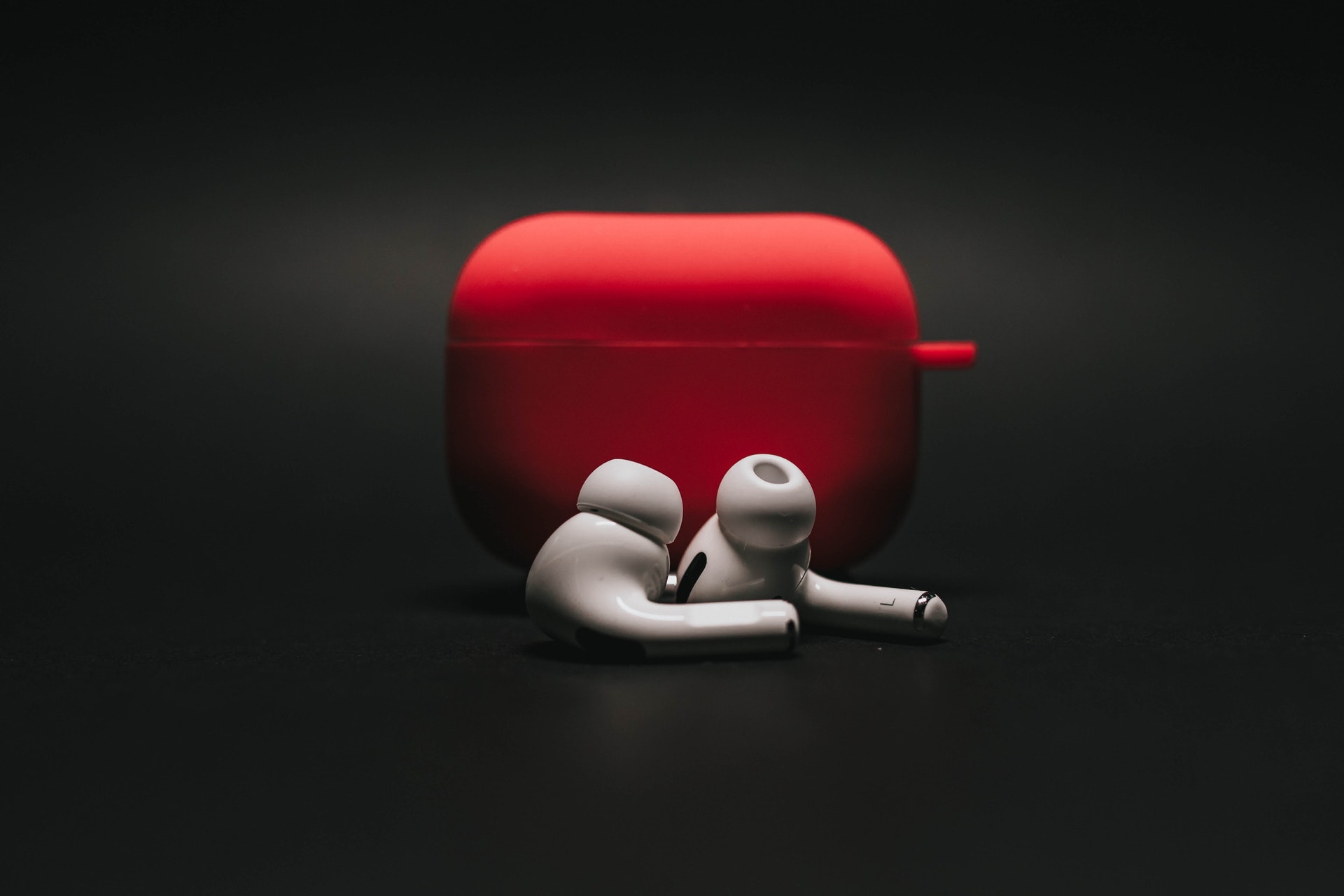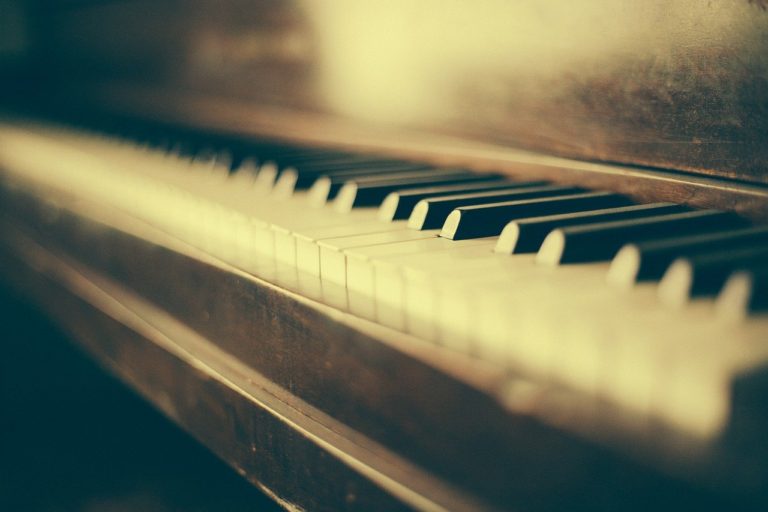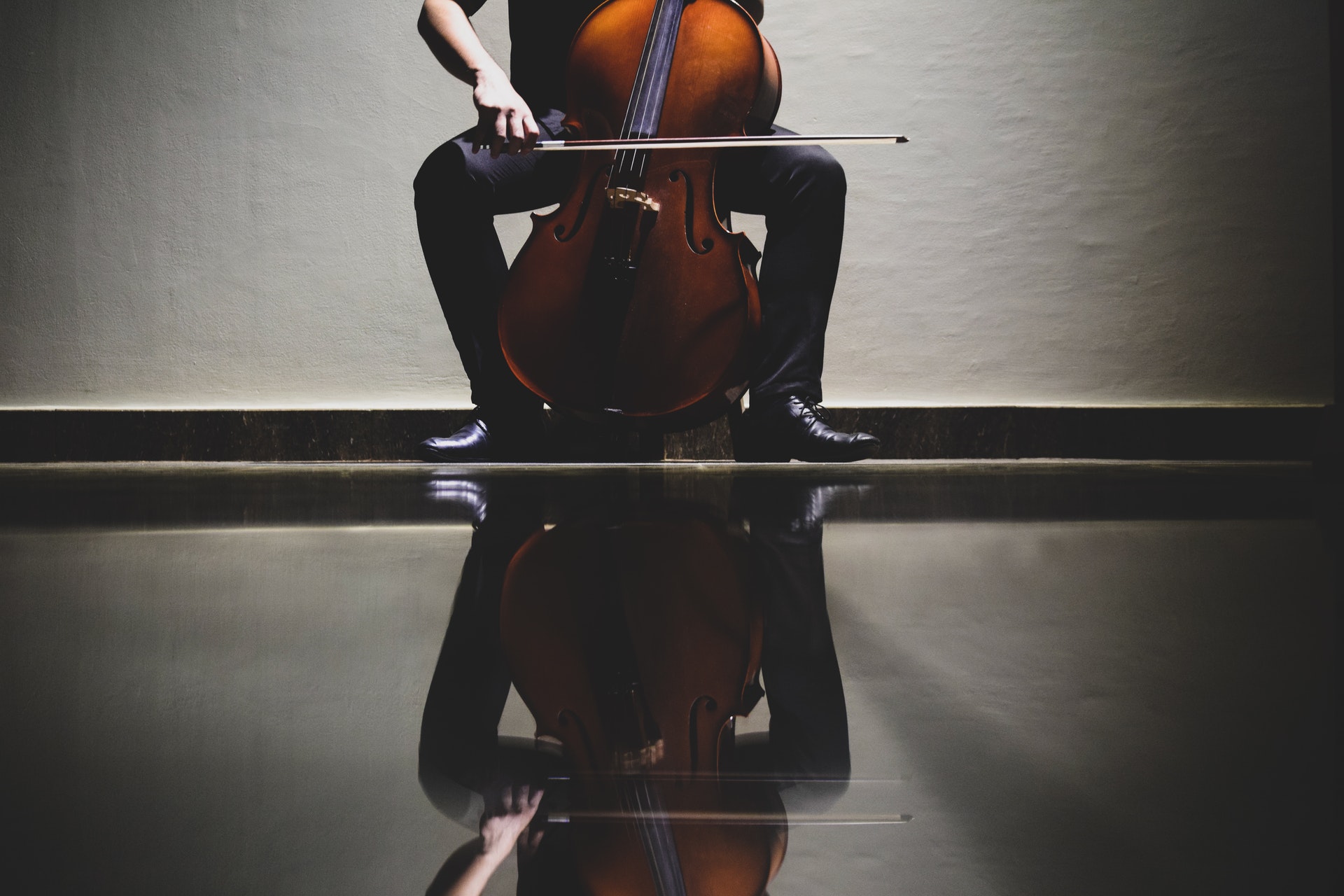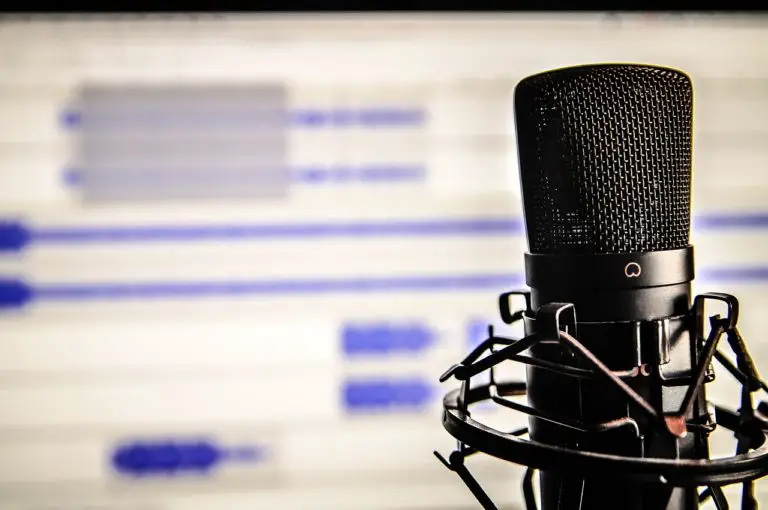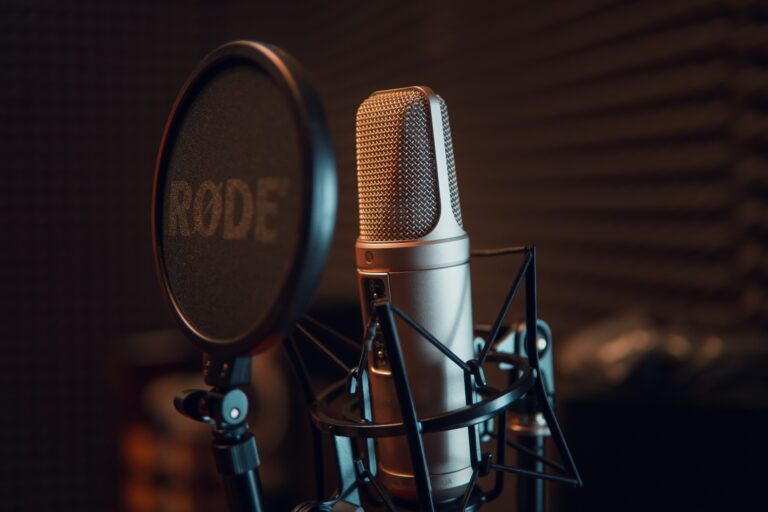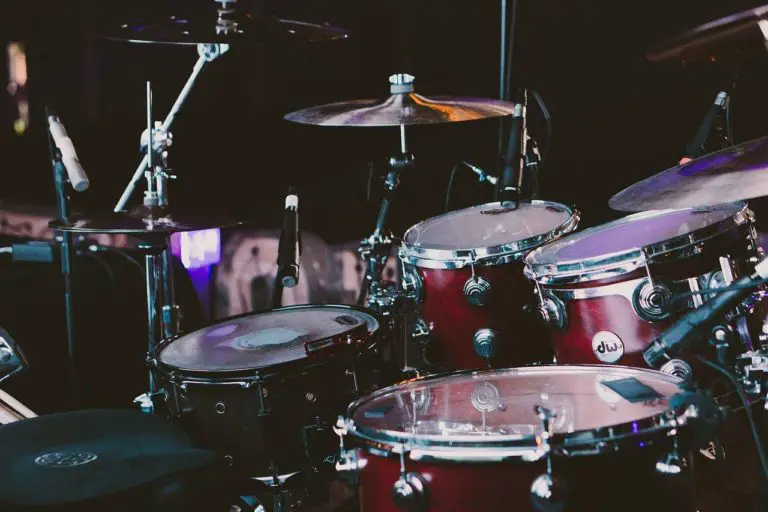Why Do Singers Wear Earpieces While Performing?
Whenever you see a singer live or in a concert video, chances are they’re wearing an earpiece. There are many theories, like that the singer is trying to lip-sync. However, there are many reasons singers wear in-ear monitors that have nothing to do with “faking” the audience out.
Why do singers wear earpieces while performing? Singers wear earpieces to better follow along with the music while performing. Sound engineers can mix and modify audio so the singer may perform at their best. Additionally, in-ear monitors provide other benefits.
But how does mixing the audio help singers do a better job? And why can’t singers follow along with what’s coming from the loudspeakers? Keep reading for answers.
What is the Purpose of In-Ear Monitors?
The earpieces that singers wear, commonly in-ear monitors, serve many roles. First and foremost, they’re part of a stage monitor system that helps singers sing better. Exactly how do they do this, though? Many functions of in-ear monitors deal with balancing sounds and minimizing distractions. They include:
Drowning out Screaming Fans
Concert audiences like to yell and shout. Ask any living member of The Beatles (if you ever get so lucky), and you’ll learn that without the help of technology, it’s impossible to hear yourself over screaming fans.
Silencing a noisy audience is a prime example of why singers wear earpieces. They feed appropriate stage sounds directly into singers’ ears, bypassing all that deafening screaming. Plus, decent in-ear monitors may have noise-cancellation capabilities, which can save a singer’s hearing.
Protecting Singers’ Hearing
A genuine danger to live performing musicians is hearing loss. Concerts often exceed 100 decibels, so people like Ozzy Osbourne, Pete Townshend, Chris Martin, and other artists suffer partial deafness.
For decades, those who’ve toured have known the importance of earpieces in protecting their livelihood. Reducing the sound that enters a singer’s ear is crucial for those seeking a long, fulfilling music career. Any decent in-ear monitor should do double duty: feed singers’ appropriate backing tracks and save their eardrums from decibel-related decimation.
Custom Mixes
Audio engineers can control what parts of the music to play, how loud to play each track, and how each section of the song blends in the singer’s ear. This prevents things like feedback from the singer’s voice. It also avoids the need for them to sing over the instruments in the band.
The type of mix singers use depends on preference. Some vocalists may be more attuned to the drums to stay on time, while others follow the bass. For some, it may be a combination of the two. It enables the singer to communicate with the sound engineer as to what cues facilitate their best performance.
Provide a Metronome
Sometimes, singers keep time best with the help of a good, old-fashioned metronome. Earpieces can play any sound to help vocalists, including the clicks and dings of a metronome set at the appropriate tempo and time signature.
Sounds Better
Concerts are great, but a noisy live environment affects audio quality. Earpieces let singers experience a more enticing version of the song than a fan in the back row would be getting.
In-ear monitors have seals to protect singers from outside noises. Thus, they only hear the mix that a sound engineer has meticulously crafted just for the singer. This sounds better than the deflected sounds of loudspeakers bouncing back at the stage. Plus, it helps singers enjoy their jobs without chronic migraines.
Altogether, in-ear monitors provide many features that help singers perform at their best. The benefits of in-ear monitors would make an extensive list. If you’d like to take to learn more about how to use them and what they do, take a look at this video guide:
What is a Stage Monitor System?
When concert sound staff give singers and instrumentalists in-ear monitors, stage monitoring is part of the stage. However, there are other types of stage monitor systems.
A traditional stage monitor system consisted of speakers (called wedges) turned inward to face bands. This enabled the musicians on stage to hear themselves better in noisy venues. Unfortunately, doctors quickly realized that their rockstar patients suffered significant hearing loss due to this “solution.”
Nowadays, stage monitor systems are more evolved thanks to earpieces. In-ear monitors allow musicians the benefit of drowning out audiences without bombarding their eardrums.
Can In-Ear Monitors Damage Your Ears?
Cheaply made in-ear monitors provide poor protection, which means they won’t be able to stop a noisy concert from damaging your ears. However, quality in-ear monitors will protect your ears.
When you hear about musicians with hearing loss, it’s usually because they performed too often without noise-canceling earpieces. Ultimately, concerts are what damage your ears. The only time earpieces could hasten hearing loss is if they’re poorly made or malfunction. In this case, earpieces could add to existing concert noise instead of reducing it.
Best Earpieces for Singers
If you’re a professional singer who doesn’t already own at least one pair of earpieces, maybe you’d like to change that. The online market is saturated with choices for earpieces and in-ear monitors. How do you choose?
The best earpieces for you depend on what you’re willing to spend and what attributes are most important to you.
Best Earpieces for Singers under $100
The BASN Bsinger Pro is an excellent pair of in-ear monitors for those on a budget. They’re effectively noise-isolating for hearing protection in noisy venues, plus they provide superior comfort with flexible ear hooks.
With a detachable cable, you can unplug the BASN Bsingers whenever you need to stretch or move around. The audio quality might not be as superb as more expensive choices, but these are a solid starter pair for most singers.
Best Sound Quality In-Ear Monitors
If money isn’t an object and you want the best sound quality available, the Sennheiser IE800 S cuts no corners. The company markets this high-end pair toward audiophiles for a good reason.
Firstly, they include what Sennheiser calls a “dual-chamber absorber system,” which separates frequencies. The result is an incredibly crisp sound that reveals all the subtleties in a song or mix. Plus, noise-canceling is top-of-the-line. Unfortunately, the cables are not detachable as this would compromise these buds’ impeccable sound quality.
Best Mid-Range Earpieces for Singers
Maybe you want something more than the barebones BASN Bsinger Pros, but you aren’t willing to splurge on the Sennheiser IE800 S. Fortunately, the FiiO FA7 in-ear monitors sit right in the sweet spot of compromise. Granted, they’re still pricey. However, they’ll provide even the most serious singers with years of great sound.
Once again, these buds are noise-canceling to protect your ears. The proper response provides accurate treble and deep bass, much better than your typical earbuds. But most importantly, the FiiO FA7 in-ear monitors are stylish as hell.
In-Ear Monitors FAQs
Why do Singers Take Their Earpieces Out?
Sometimes you might see a singer visibly frustrated as they yank their earpiece out. If in-ear monitors are supposed to help, why does this happen?
Singers take their earpieces out for a variety of reasons. Usually, it’s because technical difficulties deteriorate the sound quality. For example, wireless earpieces are prone to radio wave interference. Thus, a singer may remove them if feedback reaches annoying levels.
A final reason singers take their earpieces out during a performance is because the mix isn’t to their liking. While sound engineers try to avoid this, it’s not easy to get audio levels exactly to another person’s liking.
Can You Use In-Ear Monitors as Headphones?
If you look at the best in-ear monitors for sale on Amazon, you’ll notice they look a lot like regular earbuds. So, can you use them like earbuds and crank some tunes through them? The answer is: absolutely.
Surprisingly, in-ear monitors are often better than standard earbuds for listening to music. While most earbuds exaggerate bass and manipulate sound through algorithms, in-ear monitors are all about accuracy. This means in-ear monitors allow you to hear music as the artists did during recording. Consequently, the sound is “purer.”
They’re great for gaming, too. Take a look at the video below for more information on that.
What’s the Difference between Wired and Wireless Earpieces?
Like earbuds, the underlying technology is the difference between the wired and wireless earpieces singers wear. Wireless in-ear monitors usually use Bluetooth to transmit sound, while wired ones use (you guessed it) a wire.
There are less notable differences between how wired and wireless in-ear monitors work despite the obvious. Generally, wired earbuds provide singers with lower latency, meaning a smaller delay for audio transmission. Consequently, wired in-ear monitors are ideal when it comes to live performances.
Wireless in-ear monitors, while slower, are more liberating for singers. They don’t need to worry about pulling a cord and losing connection. Plus, they’re free to move around the stage as they please. Because of this, you’ll see many pop singers opt for wireless. Most of the time, super high-end wireless earpieces have no significant delay.

